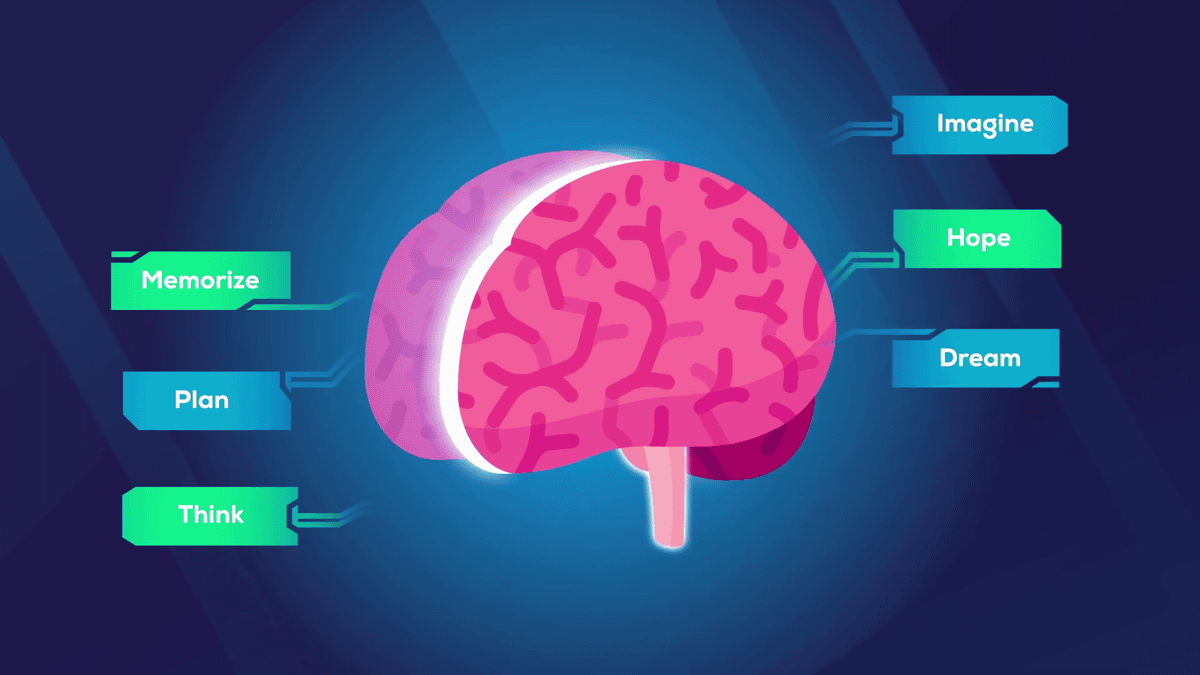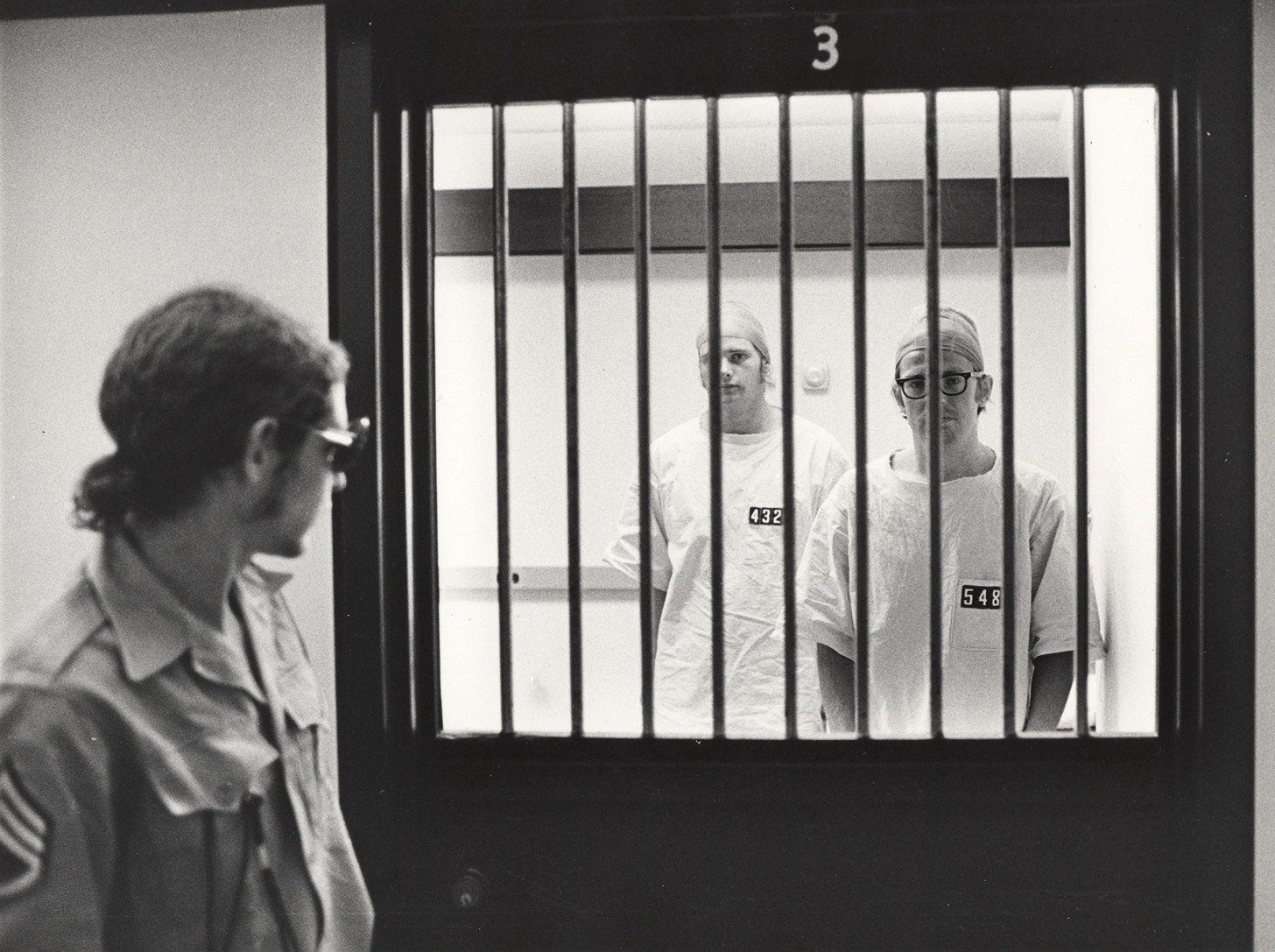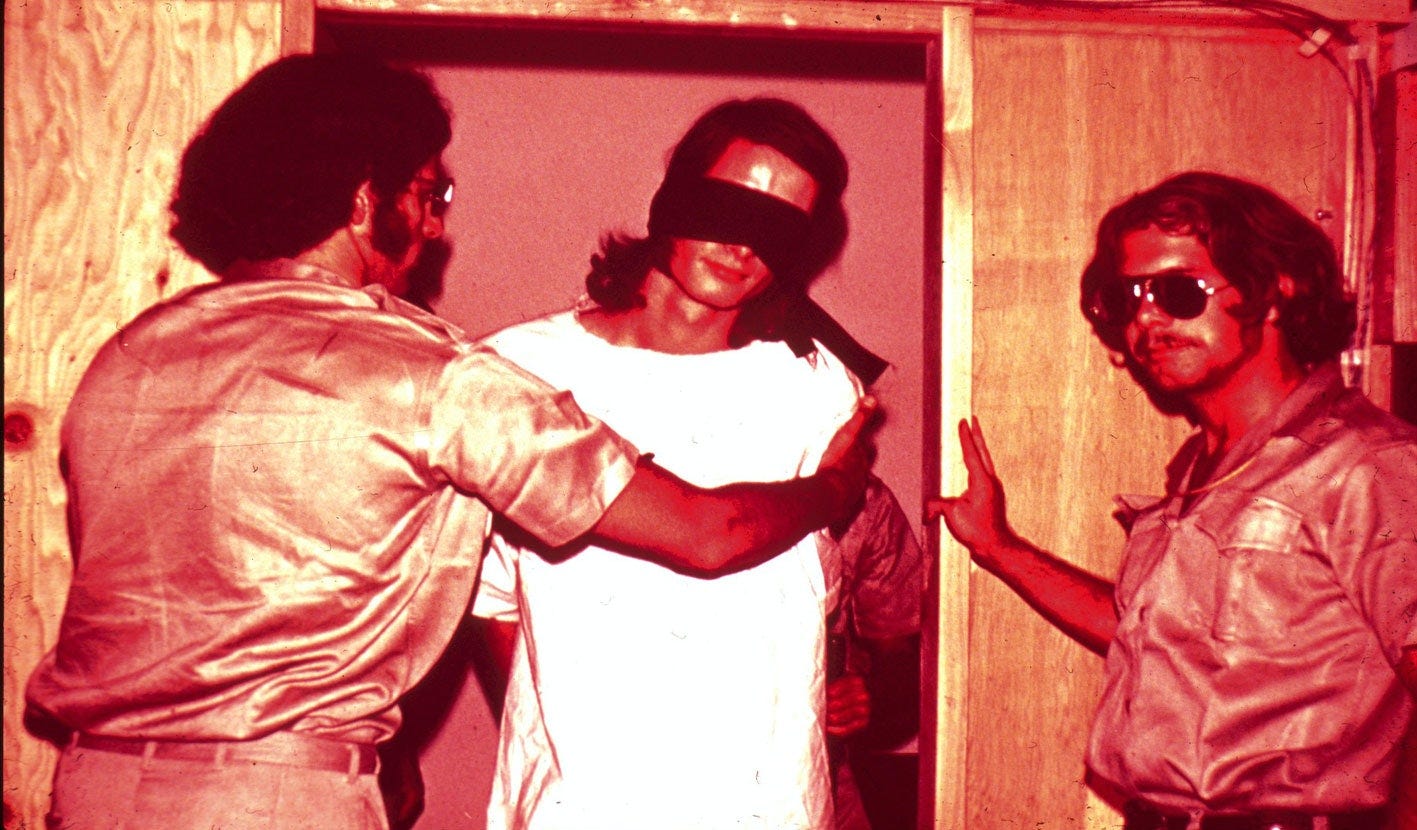Impact of External Environment on the Human Mind 🧠
Human Mind is peculiar, it is plastic enough to be molded in a certain way by the external environment but also rigid enough to shape the environment.
We know quite a lot about a lot of things, for instance, the planet we live upon, the Star which it orbits, the Galaxy where there are about 100 to 400 billion more stars with billions of planets orbiting them and the Universe where this whole play takes place. Scientists can predict Supernovas and Solar eclipses hundreds, thousands of years in advance and Archeologist can trace back the fossils in the Earth’s crust dating back thousands of years… Suffice it to say, we know quite a bit about the ‘Outer Space’ and our Planet. But we still have to learn a lot about the ‘Inner Space’- The Human Mind.
We have been researching for hundreds of years now about this wrinkly, squishy part of our body that takes up majority of our daily intake of energy and weighing approximately half a kilogram. But to this day our Mind is pretty much a mystery. We know so little about the ‘Thing’ which pretty much define US, our should I say that it is US. Our Mind surprises us every day. Sometimes it feels like we are the ones in control, steering our consciousness in the Inquisitiverse, but sometimes it feels like that we are mere marionettes in control of others who guide and manipulate our consciousness.
One of my favorite experiments that demonstrates The dependence of Human Behavior and Mind on it’s External Environment is the Infamous Stanford Prison Experiment conducted in 1970s by the Great American Psychologist Dr. Philip G. Zimbardo in Stanford University. The essence of this experiment can be observed in our everyday lives, even in the places where we would least expect to see a complicated Psychological phenomenon.
STANFORD PRISON EXPERIMENT:
Impact of situational variables and environment on the human mind.
WHAT WAS THIS EXPERIMENT?
Volunteers were chosen RANDOMLY without any psychological marking or test.
At the site (Stanford University) they were segregated into two groups-
PRISONERS OR INMATES
GUARDS
SETTING UP OF SOCIAL HIERARCHY:
ASSIGNING ROLES AND DUTIES.
Individually they were briefed about their ROLES in the experiment.
Roles and Duties of GUARDS-
Make laws for Inmates to follow.
Make their Timetable.
Give them Punishments (if they break any of the rules).
Roles and Duties of INMATES OR
PRISONERS-
Obey all the commands given by the Guards.
AN UNEVENTFUL FIRST DAY:
According to Dr. Zimbardo himself the first day was quite uneventful and the Guards were giving the prisoners rather 'Playful’ punishments.
Including-
Sit-ups
Push-ups
Stand facing the wall etc.
THE EXPERIMENT TAKING AN UNEXPECTED TURN:
SECOND DAY ONWARDS...
However the punishments given by the Guards escalated very quickly, soon becoming Physically demanding and then Physically harming.
The behavior of the Guards also became worse and they started abusing the inmates both Verbally as well as Physically.
The inmates also started refusing the punishments and soon their refusals turned into frustration and many also tried to escape from the experiment site.
As a result, the experiment was abandoned just after 4 days which was initially scheduled was 14 days.
FINDINGS OF DR. ZIMBARDO:
PSYCHOLOGICAL AND ENVIRONMENTAL ASPECTS.
After the experiment was abandoned, Dr. Zimbardo concluded that because we assigned a social hierarchy amongst the Prisoners and Guards there was a development of a sense of superiority and inferiority between the different groups.
‘This experiment was conducted in isolation from the external environment.’
This was a major reason for the unexpected turn of the experiment. Because something known as the ‘Crowd Effect’ (or ‘Mob Mentality’) their actions were strongly influenced and impacted, and since they were isolated from the outside world and were just by themselves surrounded by people like them (their respected groups) there were also no inhibitions in their actions.
MY CONCLUSIONS FROM THE EXPERIMENT:
RELATING IT TO BULLYING: Influence of situational variables on one's actions.
Bullying is becoming one of the major issues in most of the countries. Bullying doesn’t have a general definition. In fact, it is so common in our lives that we don’t even realise that it is happening. Many people believe it to be normal by categorising it as only a joke or a form of socialising. But bullying can be a serious thing and can lead to serious consequences, both physical and psychological.
Someone may be bullied just because of their looks, personality, behavior, or even social or economic background. It is dangerous because it doesn’t leave scars or bruises on the body but on the mind of an individual which take a long time to heal.
Most of the bullying that happens in most places is quite similar to what we saw in the Experiment.
In my Opinion, the major reason for bullying is the establishment of a (Social) Hierarchy amongst the people (Knowingly or Unknowingly).
This hierarchy could be based on a number of factors like, color of a person, their religion, financial background, but in most of the places where Bullying happens, it is based on confidence.
The more confident often bully and tease those who are less confident, which throws them into a vicious cycle thereby reducing their self-confidence even more. They become shy at public places and their overall personality declines.
Humans have always lived in groups, Our minds are evolved to automatically align themselves in a linear line of hierarchy. This was beneficial when we were hunters and gatherers, being behind a powerful leader meant that we never faced the threat directly. We NEED leaders, it is actually hard wired in our brains. Even now when we not nomads, hunting and gathering out in the wild, being under a leader who is someway or the other better than us in any field (related to our work) is quite advantageous. For instance, in offices as Bosses who can guide their juniors (with their experiences) or in schools as fellow classmates who can help one another (with any particular concept that they understood better) etc.
However when this hierarchy is established in places where we are meant to be co-equals, it starts becoming detrimental. The superficial hierarchy which is based on factors that have nothing in common with the places in which it happens (like- Financial or Social background in schools, Lack of public speaking abilities or Confidence in Corporate offices etc.) is never beneficial. The sense of superiority in certain individuals starts to overshadow others, thereby creating a sense of inferiority in some. This establishment of hierarchy is further amplified by teasing, discouragement and isolation, leading to an environment of First in the hierarchy rather than First among equals. This environment is an optimal site to ignite and fuel Bullying.
SAY NO TO BULLYING...
S.W.T.- STOP, WALK AWAY AND TALK TO OTHERS.
3 Steps to OVERCOME Bullying.
So in the end, I just want to say that Bullying is a very serious thing that has major physical as well as psychological impacts on not only the the Plastic Mind of the person who is being bullied but also on the Rigid mind of the Bully as well.
In most of the cases the bullies also need equal amount of help, if not more, than the people who are being bullied. In various Psychological testings it has been observed that the people who bully others most of the times have certain insecurities in them, because of which they develop a void inside themselves which they try to fill and cover up by teasing and bullying others and broadcasting other's insecurities.
If a thing is too soft it can be easily disfigured by the environment, however if it ends up being too rigid it becomes brittle and can get snapped even under it's own weight. The same goes for our Mind.
To conclude I would like to quote Dr. Philip G. Zimbardo himself who said that,
“Situational variables can exert powerful influences over human behavior, more so that we recognise or acknowledge.”
And as always Thanks for reading.
More details about the Stanford Prison Experiment: (also one of the Sources of information for this Article) Includes an Interview with the conductor of the Experiment, Dr. Philip G. Zimbardo.








